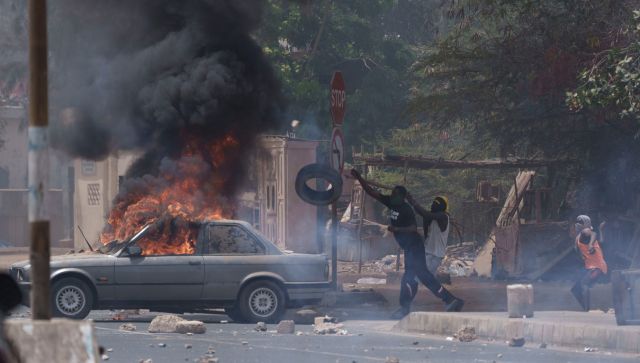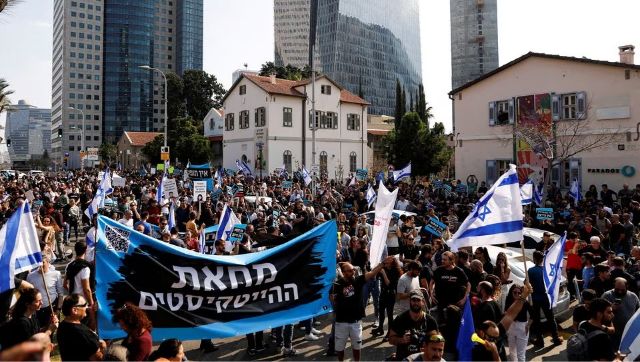On 28 June 2017, across cities in India, hundreds of people gathered to protest the orchestrated violence against a select few minority groups across the country. The public lynching of 16-year-old Junaid, on a train from Delhi to Mathura, drew people out onto the streets. A Facebook post by filmmaker Saba Dewan catapulted mass protests across India.
‘Not In My Name’ (#NotInMyName) as these protests were called, is a moniker borrowed from similar protests held by US citizens against its involvement in the Vietnam war. While the protests in most cities gathered quite a crowd, the turnout in Delhi was the biggest. A day after the protests, Prime Minister Narendra Modi made his first public comment on the lynchings in a year and condemned the violence being perpetrated in the name of cow worship. Whether it was a reaction to the Not In My Name protests remains a matter of perspective.
So what does a protest like Not In My Name accomplish? A common reaction to the protests was its failure to mobilise, in large enough numbers, those who are feeling the direct heat of the politics and violence of our time. However, Shabnam Hashmi — who returned her National Minority Rights Award only a day before the protests — said, this is a process that takes time and it has to start somewhere.
“What the protests proved to the political parties most importantly, is that people could be mobilised. That they could come out on the streets and they could demand something that was not happening… Whatever the Prime Minister’s eventual response counts for, it does at least show that you can be heard,” Shabnam told Firstpost.
Social media is an enabler in the modern age. Not In My Name is an example of how it centralised an idea that took root organically. But a majority of the people who did show up at the protests have been speaking out on media and social platforms against the killings for a year now. So what does a protest on the street change?
“There are two ways that political discourse is channeled in the country today. Either it is the media, or social media. Pretty much everyone has tried focusing attention towards the two mediums. Consequently, there is mass absence of people coming out on the streets. The campaign clicked because people were waiting to come out. You know, even though social media can help in networking and everything, it carries with it a little self-doubt… Out on the street, the sense of presence, of touch-and-feel, restores your faith — probably even strengthens you,” Rahul Roy, co-organiser of the Delhi protest says.
Another sidebar to the narrative has been the mechanics of it all. Were the protests held in the right way, from language used to the people involved? Also, is there a right way at all? The majority of those gathered, one could say, were the already-mobilised, the English-speaking elite of the cityscape. Is that problematic? Roy says that just because — and let us accept we are that elite group — someone belongs to the elite class does not mean they shouldn’t come out on the streets and say something. “We are not running a political organisation. We can only give a call. Who comes, how many in number, is not in our control. Our idea was to centralise citizenship. The rest has to be organic,” he says.
The natural progression for a movement, wherever it takes root, has to be the masses. For a movement to have any real impact beyond the conciliatory messages of those in power there has to be mass acknowledgment. Is that possible given our class, caste and cultural differences? “I think there is too much emphasis on electoral politics. Politics in this country has become locked with elections… It is a kind of polarisation of the whole consensus. I think it is a trap that we regularly fall in. What something like this gives you hope for, is that you or anyone can contribute in upholding democracy and protecting your own constitution,” Roy says.
The atomic nature of this protest was best embodied, in this case, by Hashmi. “There is of course impulse involved in it and it is meant to be symbolic, but the reason why I did it was to say to the government that I was not okay with what was happening, and that nobody wanted to address the problem," she says. “What has happened through the countrywide protests that followed, is that it has given people who are scared, the hope that other people will stand for them and that things will change.”


)




)
)
)
)
)
)
)
)